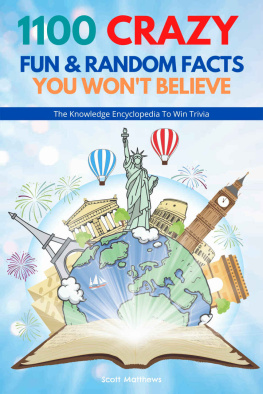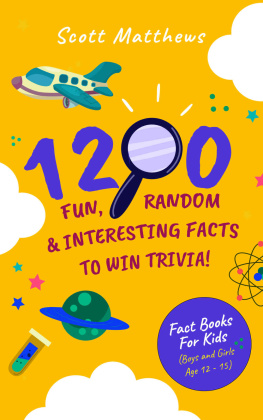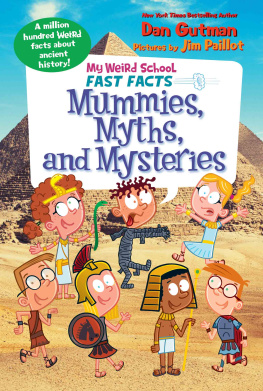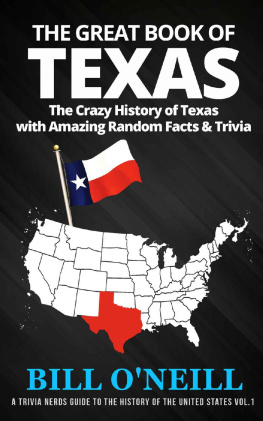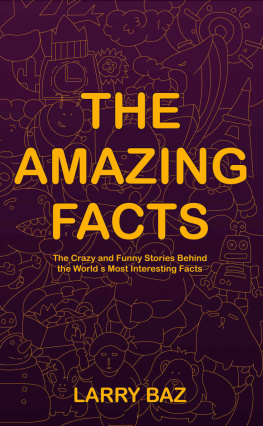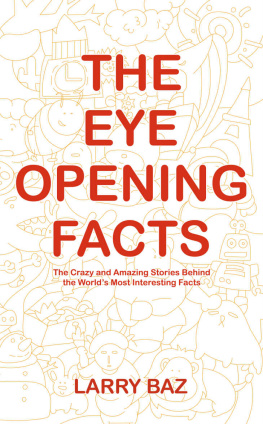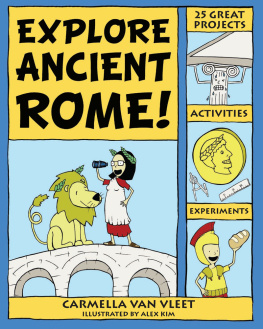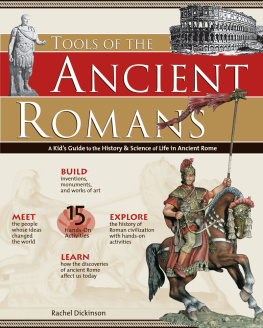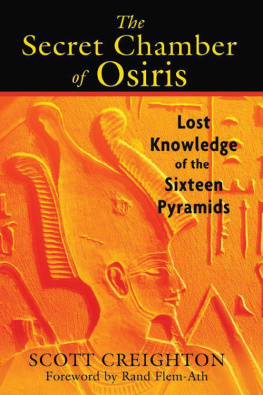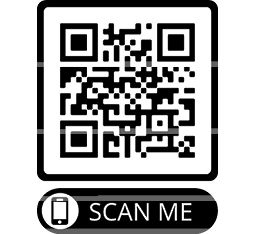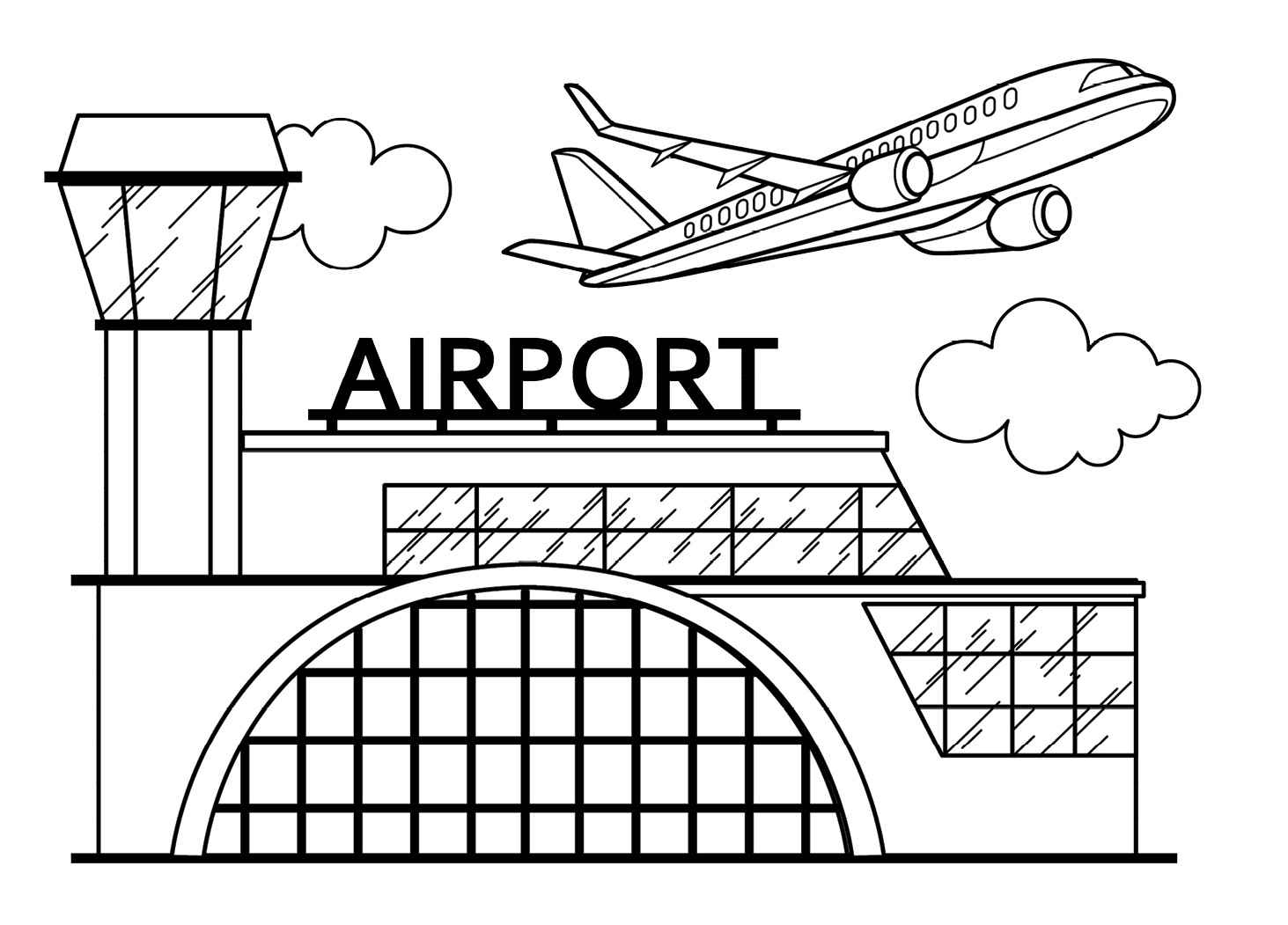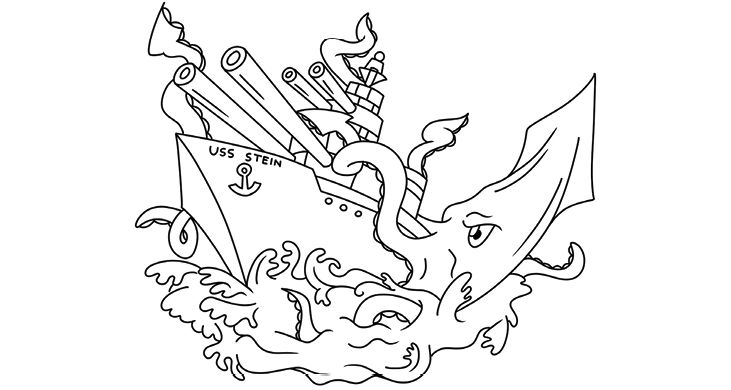1100 Random, Interesting & Fun Facts You Need To Know
The Knowledge Encyclopedia To Win Trivia
Scott Matthews
Copyright 2020 Scott Matthews
All rights reserved. No part of this publication may be reproduced, distributed or trans- mitted in any form or by any means, including photocopying, recording, or other electronic or mechanical methods, without the prior written permission of the publisher, except in the case of brief quotations embodied in critical reviews and certain other non-commercial uses permitted by copyright law.
Trademarked names appear throughout this book. Rather than use a trademark symbol with every occurrence of a trademarked name, names are used in an editorial fashion, with no intention of infringement of the respective owners trademark. The information in this book is distributed on an as is basis, without warranty. Although every precaution has been taken in the preparation of this work, neither the author nor the publisher shall have any liability to any person or entity with respect to any loss or damage caused or alleged to be caused directly or indirectly by the information contained in this book.
The more that you read, the more things you will know. The more you learn, the more places youll go.
- Dr. Seuss
7 BENEFITS OF READING FACTS
1. Knowledge
2. Stress Reduction
3. Mental Stimulation
4. Better Writing Skills
5. Vocabulary Expansion
6. Memory Improvement
7. Stronger Analytical Thinking Skills
ABOUT THE AUTHOR
Scott Matthews is a geologist, world traveller and author of the Amazing World Facts series! He was born in Brooklyn, New York, by immigrant parents from the Ukraine but grew up in North Carolina. Scott studied at Duke University where he graduated with a degree in Geology and History.
His studies allowed him to travel the globe where he saw and learned amazing trivial knowledge with his many encounters. With the vast amount of interesting information he accumulated, he created his best-selling books Random, Interesting & Fun Facts You Need To Know.
He hopes this book will provide you with hours of fun, knowledge, entertainment and laughter.
If you gain any knowledge from this book, think its fun and could put a smile on someones face, he would greatly appreciate your review on Amazon. Scanning the QR code below will take you straight to the review page.
Table of Contents
Airplanes & Airports
1. For a ten hour trip, a Boeing 747 uses 39,000 gallons (150,000 liters) of fuel on average. This means the plane needs a gallon (four liters) for every second that its in the air.
2. The largest plane in the Air Force is the Lockheed Martin C-5. Its large enough to transport entire submarines.
3. The Airlander 10 is the largest airship of the world, measuring ninety two meters (301.7 feet) long. Its filled with almost 1,300,000 cubic feet (37,000 cubic meters) of helium and can reach an altitude of 2.9 miles (4.8 kilometers). The airship has been nicknamed as the flying bum and it can remain in the sky for up to five days.
4. After terrorist attacks in the US on September 11, 2001, all flights were grounded, except for a single plane that was going to save a persons life. The plane traveled from San Diego, California, to Miami, Florida, transporting an antivenom for a life threatening snake bite that a man had gotten. The flight was escorted by two fighter jets, and the mans life was saved.
5. Most foods dont taste too good on airplanes because when you fly, your taste buds along with your sense of smell are impacted. When in a pressurized cabin, your perception of sweetness and saltiness naturally reduces.
6. Planes dont crash as often as you might imagine. Very few planes ever crash, and when they do, the chances of you dying are about one in eleven million. If you are in a plane and it literally goes down, 95.7% of people in it will likely survive.
7. In order to scare off birds, the Gloucestershire Airport in England used to blast Tina Turner music. It was proved to work even better than blasting bird distress calls.
8. The fastest aircraft made by man is the SR 71 which flew over four thousand missiles while it was in service.
9. The Bukken Bruse flew from Oslo, Norway, enroute to the city of Hommelvik in the same country, on October 2, 1948. Bertrand Russel, a seventy six year old philosopher, upon boarding the aircraft, asked to be seated in the smoking section, saying that if I cannot smoke, I should die. As the plane landed, the pilot lost control, and it crashed, killing nineteen people who were all sitting in the non-smoking section.
10. A solar plane that is set to become the first ever solar plane to reach the stratosphere was created by Swiss adventurer Raphael Domjan. Its a sleek white two seater with long wings that are covered with 237 square feet (seventy two square meters) of solar panels.
Amazing
11. Joao Pereira de Souza, a seventy one year old retired fisherman, was in his home off the coast of Rio de Janeiro in 2011 when he saw a South American penguin stranded on a beach, and saved it. Each year since then, the same penguin, now named Dindim, travels thousands of miles to hang out with Joao for several months, before going back to his colony.
12. On the Upper East Side of New York in 1984, Todd Berenger launched a restaurant called Twins which was staffed by twenty nine sets of identical twins.
13. According to the Journal of Meteoritics and Planetary Science, the blade on the dagger found in Tutankhamuns tomb is made with materials from a meteorite. Scientists performed different tests on the blade to deeply study the elements that composed it. It was found to contain iron, nickel, and cobalt; all materials found in chunks of space rocks.
14. In Nashville, Tennessee, there is a vending machine that dispenses real cars. It has five stories and is fully automated.
15. Between 1932 and 1939, Oskar Speck, a twenty five year old canoeist from Germany, paddled a folding kayak from his home country to Australia just to see the world. He covered more than 31,000 miles (50,000 kilometers).
16. According to the Guinness World Records, Rosa Zazel Richter was the first human to be cannonballed, back in 1877. She was shot at a distance of about twenty feet (six meters) at Westminster Aquarium in London, England.
17. In 1978, a US Navy ship known as the USS Stein was found to have traces of an unknown species of giant squid attack. Almost all cuts on the sonar dome contained remains of a sharp, curved claw that were found on the rims of the suction cups of some squid tentacles, but some of the claw marks were much bigger than that of any discovered squid species.
Next page
